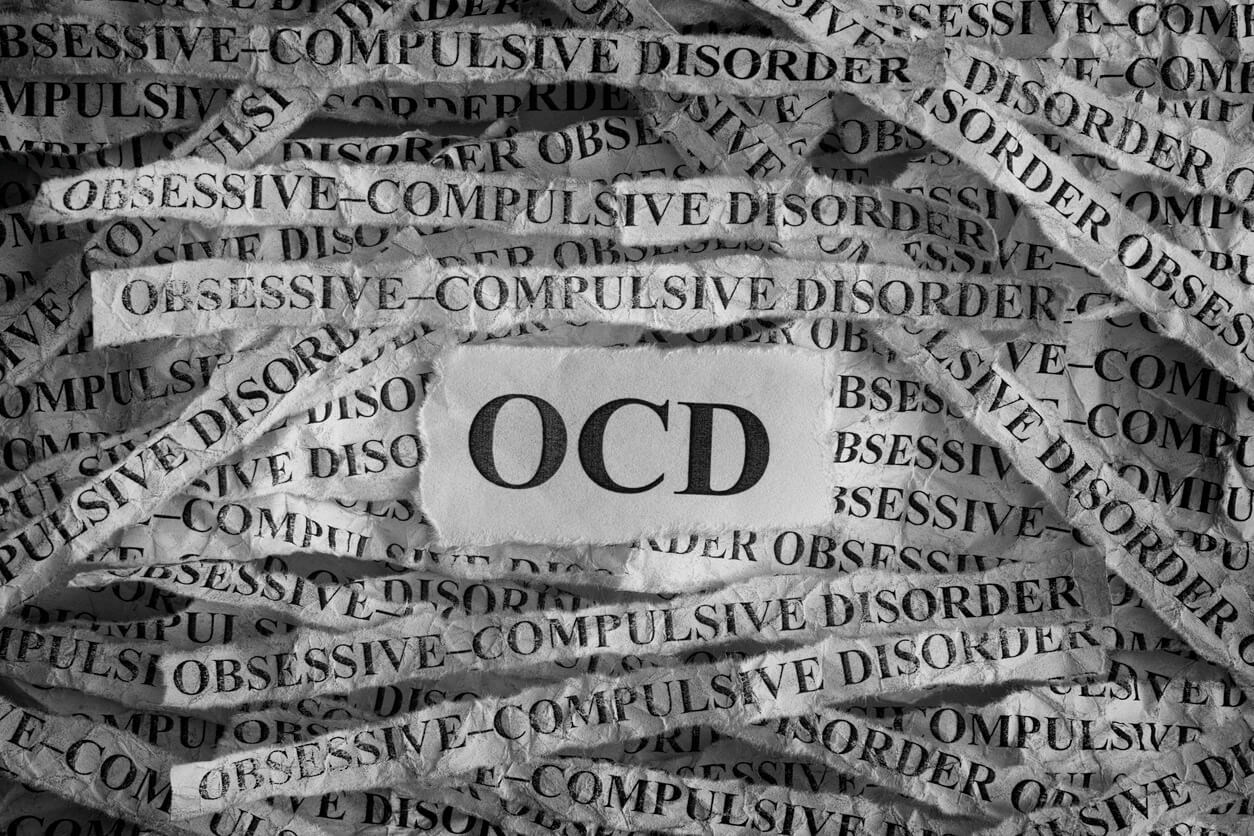
Obsessive-compulsive disorder (OCD) is a common diagnosis. It typically involves unwanted thoughts and repetitive behaviors. While there are similarities between OCD and anxiety, OCD is a separate diagnosis.
Is OCD an Anxiety Disorder?
In the past, OCD was officially classified as an anxiety disorder. Now, it is considered a separate disorder. Today, it is classified under Obsessive Compulsive and Related Disorders.
The distinction between OCD and anxiety matters because patients need to be diagnosed accurately. You can get accurate treatments and therapy options by understanding the cause of your symptoms and experiences.
What is Obsessive Compulsive Disorder (OCD)?
As the name suggests, people who have OCD experience obsessions and compulsions. Obsessions are intrusive, unwanted thoughts, urges, and images that the individual may sometimes try to suppress. Meanwhile, compulsions are repetitive behaviors based on these thoughts.
These compulsions are generally used to reduce the individual’s distress or anxiety. Usually, these compulsions are time-consuming, making it difficult to carry out daily activities.
What Are the Symptoms of OCD?
While OCD typically involves obsessive and compulsive symptoms, you may experience just one. However, if obsessions and compulsions interfere with everyday life or take up much of your time, you may need professional help. The following are some of the most common symptoms of OCD.
- Unwanted, persistent thoughts, images, or urges
- Repetitive behaviors you feel compelled to carry out
When you have obsessive thoughts, they are intrusive and repetitive. The individual often uses compulsive behaviors and rituals to eliminate the ideas. They may also try ignoring them.
Obsessive thoughts may involve a fear of germs or dirt, making mistakes, or harming someone. In addition, the individual may have feelings of disgust, a need for perfect order, or doubt they have completed a task, such as turning off the stove or locking the door. Sometimes, they may have a constant need for reassurance.
Compulsive actions may be washing hands repeatedly, counting over and over, checking things constantly, or arranging things a certain way. The individual may eat foods in specific orders, hoard items, or carry out a task several times.
How to Treat OCD
When someone has OCD, the first step is getting an accurate diagnosis. Once you know what you are dealing with, you can get the proper treatment.
According to the International OCD Foundation, one of the best treatments for OCD is exposure and response prevention (ER) or medication. An estimated 7 out of 10 people will benefit from one of these two treatments. If outpatient treatment isn’t enough, patients can go to inpatient, intensive outpatient, day, or partial hospitalization (PHP) programs.
What’s the Difference Between OCD vs. Anxiety Disorder?
People often assume OCD and anxiety have the same classification because OCD involves significant amounts of stress. However, these two disorders are entirely different. When someone is anxious from OCD, it is because their brain is genetically wired to experience compulsions and obsessive thoughts.
When figuring out if someone’s thoughts and behaviors should be classified as OCD or anxiety, it is essential to consider the nature of the thoughts and how the individual feels threatened. When the source of the threat is not a real-life concern, the person is typically dealing with OCD.
OCD also includes compulsive behaviors, although that isn’t always the case. However, the presence of compulsive behaviors can indicate OCD instead of anxiety.
Get Mental Health Services Today
You aren’t alone if you or a loved one is struggling to manage mental health problems. San Antonio Behavioral Healthcare Hospital is here to support you during your treatment process. To learn more about how we can help with OCD and anxiety, reach out to us today.





